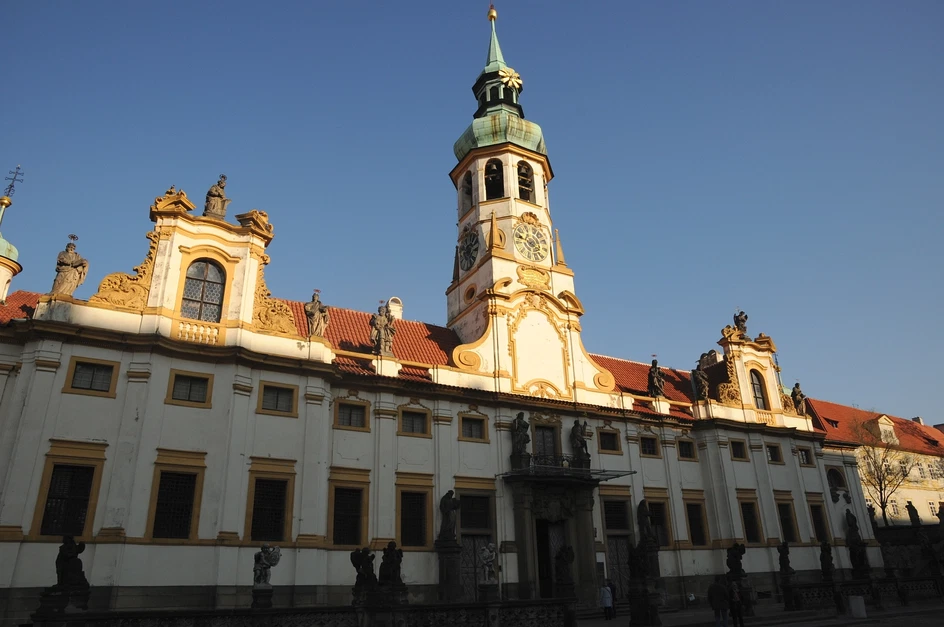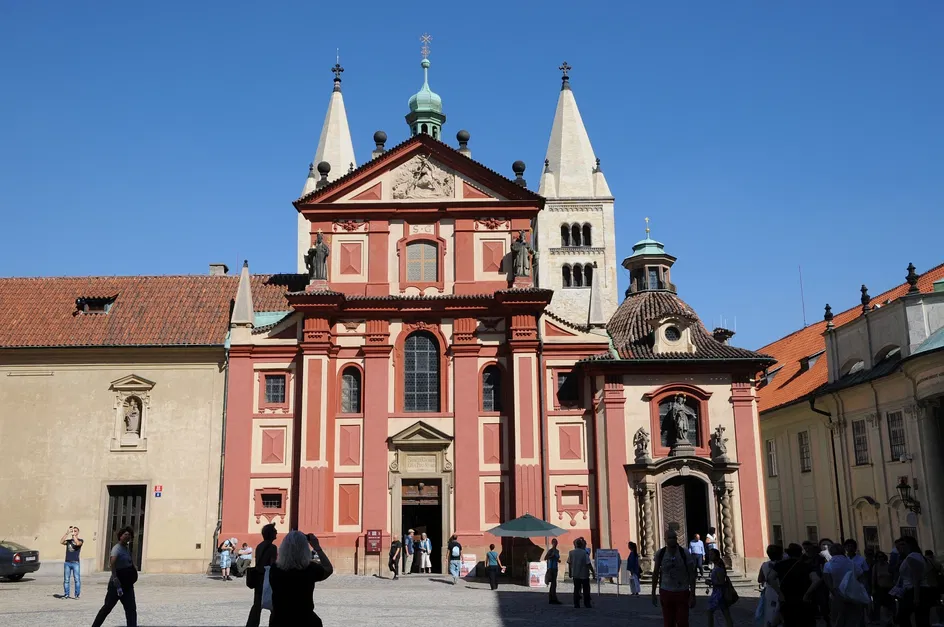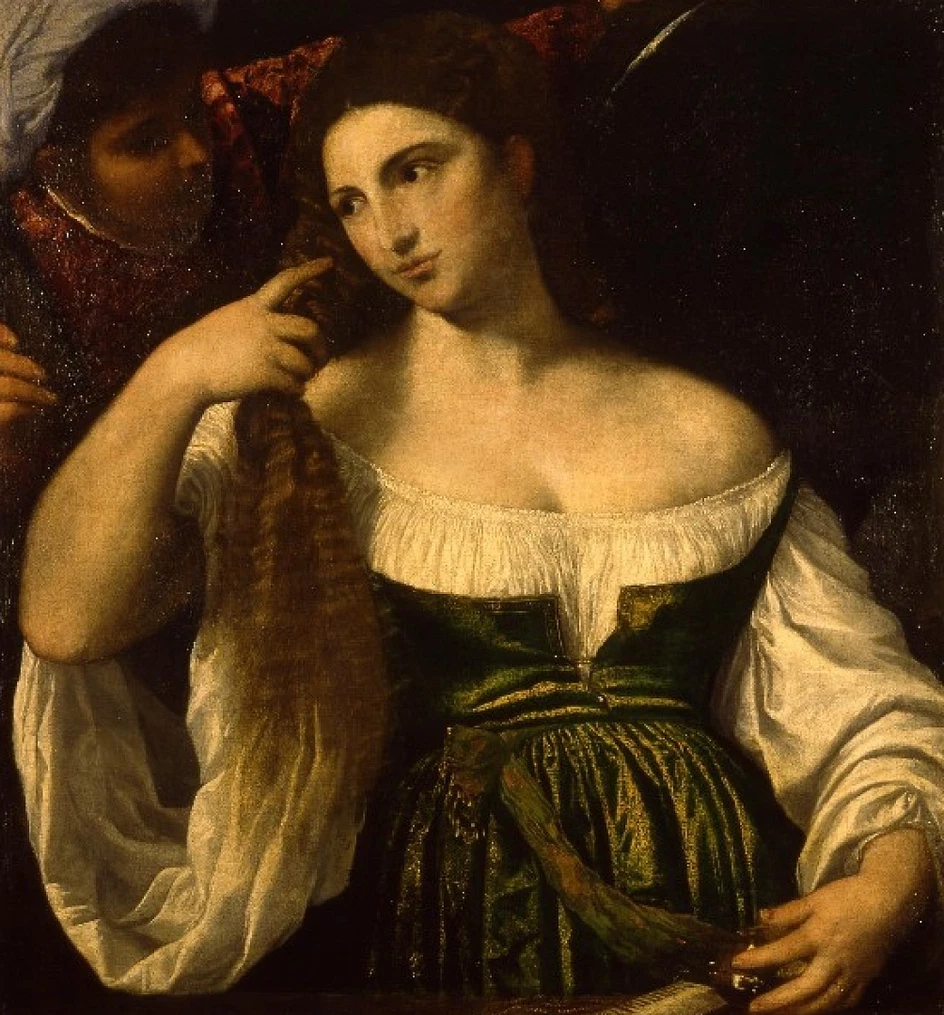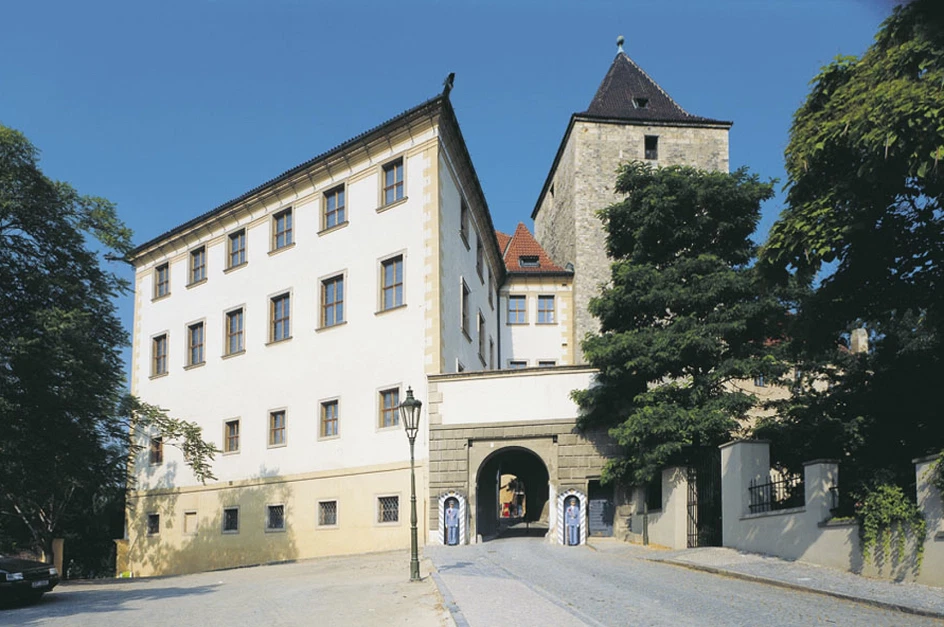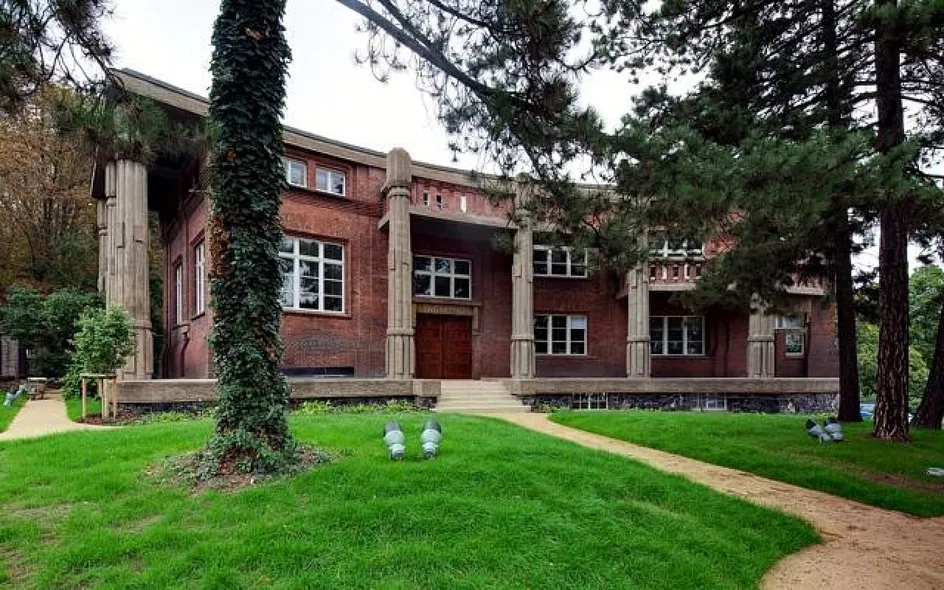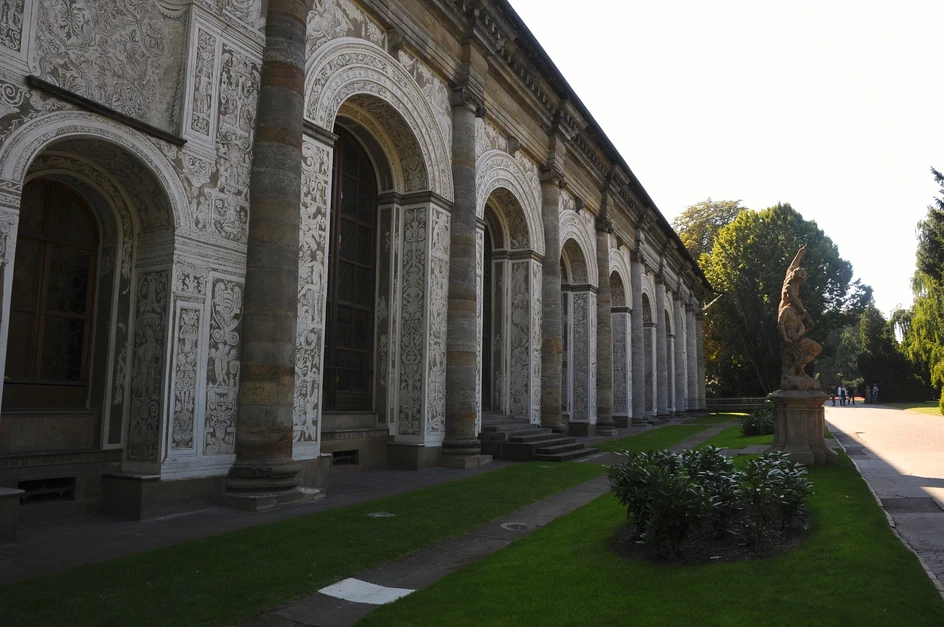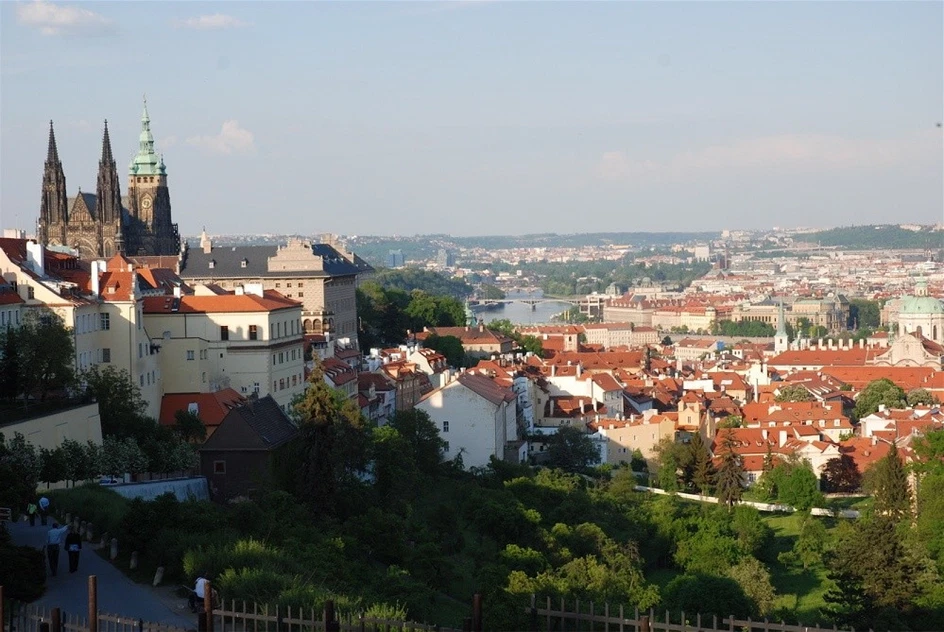- Lifestyle
- Prague
- Prague Attractions
- Castle District
- Sternberg Palace
Sternberg Palace
The National Gallery's special collection of European art from the Classical era till the end of the Baroque period is housed in the Baroque Sternberg Palace, just off of Hradčanské Náměstí in Prague's Castle District.
Similar to the Troja Chateau, this important Baroque monument was built for Count Václav Vojtěch of Sternberg and his wife. On the ground floor of the palace you will find an exhibition of German and Austrian art from the 16th, 17th, and 18th centuries, including the famous painting The Feast of the Rosary by Albrecht Dürer from 1506 which calls Prague home thanks to Emperor Rudolph II. The splendid halls of the first floor of the palace contain works of art from the period of ancient Greece and Rome, and the famous Este collection of Italian art from the 14th-16th centuries including works by Tuscan masters, works from the Venetian School and examples of Florentine Mannerism, as well as older Dutch paintings. On the second floor, visitors can see works of art by Spanish, Italian, French and Dutch painters from the 16th through the 18th centuries, including big names such as the world-famous Goya, Rubens, El Greco, Tintoretto, van Dyck, Rembrandt, and others. On the lowest level of the Sternberg Palace there is also the NG Sternberg Cafe, where you can stop for a refreshing cup of coffee and a dessert after touring the gallery. The Sternberg Palace is open every day, except Mondays, from 10 a.m. till 6 p.m.
-
Address
Hradčanské náměstí 15,Praha 1 – Hradčany
-
Phone
-
Web
www.ngprague.cz
More castle district

Salm Palace
The Salm Palace on Hradčanské Square was originally built as a luxury apartment building between 1800 and 1811.This Neoclassicist palace was built by the Prague archbishop William Florentan, the Prince of Sal-Salm, on the site of several smaller aristocratic residences....

Schwarzenberg Palace
If you are interested in Baroque art, you should not miss a visit to the incredible Schwarzenberg Palace, located on Hradčanské Náměstí in Prague.This beautiful Renaissance building houses a permanent exhibition of the National Gallery Prague called Baroque in Bohemia....

Salm Palace
The Salm Palace on Hradčanské Square was originally built as a luxury apartment building between 1800 and 1811.This Neoclassicist palace was built by the Prague archbishop William Florentan, the Prince of Sal-Salm, on the site of several smaller aristocratic residences....

Schwarzenberg Palace
If you are interested in Baroque art, you should not miss a visit to the incredible Schwarzenberg Palace, located on Hradčanské Náměstí in Prague.This beautiful Renaissance building houses a permanent exhibition of the National Gallery Prague called Baroque in Bohemia....






